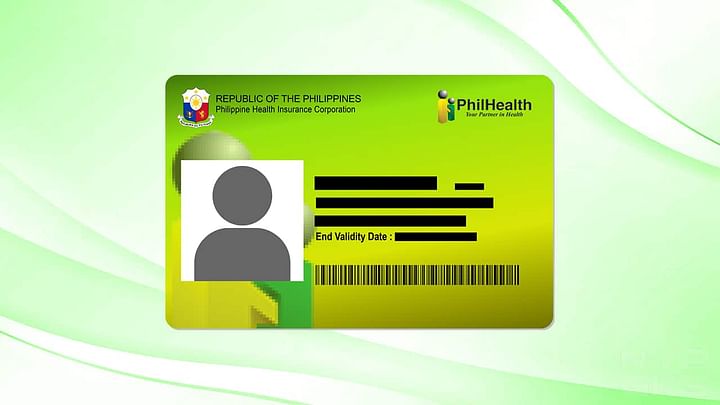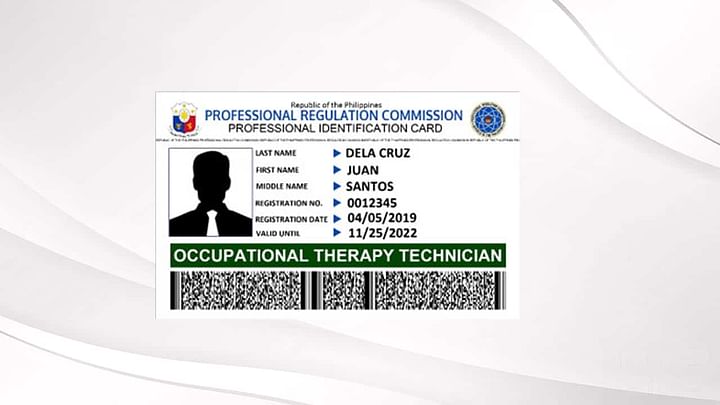National ID Validity in the Philippines.In the Philippines, which has a population of at least 100 million and where some surnames are shared by many people, having a valid ID card is imperative for accurate identification.
In the absence of it, a person’s genuine identity remains obscure and questionable, and misidentifications will also be common.
Imagine a world where people can receive their identities with just a touch of a finger. So long as there are two or three people claiming the same thing, even if the “accusation” is false, anyone can claim it. There are plenty of other ways a primitive ID system would fail – it is simply incorrect from the start.
Read Aslo: National ID Tracking Online In Philippines
Typical use of Identification Card
The role that an ID plays in the modern world’s many transactions is not uncommon knowledge. Whether opening a bank account, applying for a job, or dealing with the government or private institutions, an ID is an undeniable proof of identity.
In the modern world, therefore, to be without some sort of valid ID is equivalent to being shut out due to sheer obscurity. Especially in legal matters, this is simply too inconvenient and may even be a concern in reality.
Many Kinds of Valid IDs in Philippines
However, Filipinos do have some options for validating their identity, despite the absence of a nationalized ID system in the country. The following are typical forms of valid IDs:
National ID
![]()
As part of the Philippine Identification System of PhilSys, the government created a national identification card. Moreover, Rodrigo Duterte has even signed an executive order requiring the card to be accepted as proof of identity by private and government agencies.
According to the PSA, a mobile version of the ID will be available for digital transactions soon.
Philippine Passport
![]()
Traveling abroad is not always easy, especially for a person from a developing country who is trying to make their way in the world. The Filipinos would have had the option of traveling from one country to another by boarding a plane and leaving it behind for good if they had been able to do so. There is no doubt that this is not the case.
Real-life airline passengers have to undergo a thorough screening process, and one of the most important requirements is a passport.
Because passports are screened rigorously based on strict rules and standards, they are powerful evidence of identity. In addition to its long validity (10 years), the Philippine Passport is relatively cheap (ranging from Php950 to Php1,200) compared to any other form of ID.
The process of getting a passport is not always like inserting a needle. Applying for a personalized Philippine passport is as easy as visiting the Department of Foreign Affairs’ website.
The appointment slot should be scheduled a few months before the actual application date to avoid any unwanted delays.
Driver’s License
![]()
In order to drive, it is mandatory for a person to possess a driver’s license, which authenticates his capability to do so. There are three types of driver’s licenses issued by the Land Transportation Office (LTO): student, non-professional, and professional.
As in many countries, the Philippines consider a driver’s license to be a valid indicator of a person’s identity. As a legal requirement, a driver’s license was extended from a three-year validity period to a five-year one.
It costs around Php318 to Php920 to process a standard driver’s license.
SSS UMID Card
![]()
The Unified Multi-purpose Identification Card is issued by the Social Security System (SSS) and encompasses the following government programs: SSS, GSIS, PhilHealth, and PAG-IBIG. Considering that the UMID card is issued by a government entity, it may be used anywhere in the country as proof of identity.
PhilHealth ID

PhilHealth IDs are required when members claim benefits. Due to its simplified procedure, PhilHealth IDs are among the easiest government programs to get. In order to apply for your own PhilHealth ID as a member, simply provide two completed PhilHealth Member Registration Forms (PMRF), two 1×1 ID pictures, and two valid IDs.
TIN Card

A country-loving citizen cannot pay his fair share of taxes without a TIN card. It is important to note, however, that every TIN is essentially unique to the person or taxpayer who holds it. The process of getting a TIN ID is free, but it can take quite some time. If you have patience, you can get a TIN ID within one working day.
Postal ID

It is not necessary for the claimant to have a Postal ID to obtain a delivered package from a nearby post office. Due to its relatively streamlined process, the Postal ID poses as a good option for those seeking easy access to identification.
Simply bring the following requirements to your nearest PHILPost branch in order to apply for your own Postal ID:
Two (2) copies of the completed Postal ID application
Identity Proof
Address proof
Voter’s ID

As long as you are already of legal age and have voted, getting a voter’s ID should be a free privilege, according to the Commission on Elections (COMELEC).
In spite of the seemingly simple process of producing voter’s ID en masse, it takes months, if not years, to complete. The complicated process of matching certain voter information is further hampered by the fact that the information of 52 million voters needs to be verified.
PRC ID

Professional Regulation Commissions (PRC) maintain a large database of licensed professionals in the country, including doctors, engineers, architects, dentists, etc., who are allowed to practice there. Being included in this pool of professionals is not easy.
A PRC ID proving you are a licensed professional is a kind of testament to your accomplishments.
FAQs
Q1) What are the valid IDs in the Philippines?
Ans:- Valid IDs for
- A Philippine Passport.
The Social Security System (SSS) Card.
A Government Service Insurance System (GSIS) Card.
The Unified Multi-Purpose Identification (UMID) Card.
Land Transportation Office (LTO) Driver’s License. …
Professional Regulatory Commission (PRC) ID.
Q2) What is a valid national ID?
Ans:- National identification documents are usually the regional state-issued driver’s license or identity card, as well as the Social Security card (or simply the Social Security number) and the United States Passport Card.
[su_panel border=”4px solid #0f1781″ radius=”5″]
Related Articles
Philippine National ID Apply Online in 2024
[/su_panel]